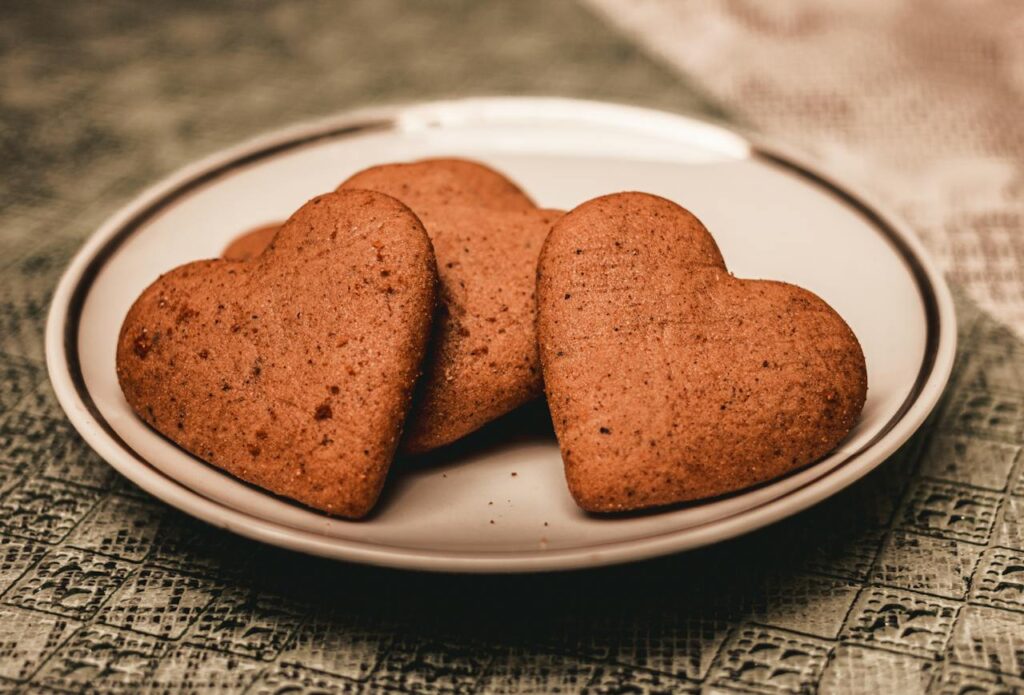Have you ever wondered if 1600-Calorie A Day is the magic number for maintaining your weight while leading a lightly active lifestyle? Well, you’re in for some insightful revelations! This dietary plan isn’t just a number; it’s a well-balanced approach to eating that supports a healthy lifestyle. Let’s embark on this enlightening journey together, exploring how 1600 calories can be a game-changer for your health and wellness goals.
1600 Calories a Day: A Closer Look
Understanding Caloric Needs
Why is 1600 calories a day often recommended for females with a lightly active lifestyle? The answer lies in the delicate balance of energy expenditure and consumption. Your body requires a certain number of calories to perform its daily functions, from breathing to walking, and every activity in between. For those who engage in light exercises, such as brisk walking or yoga, 1600 calories provide the perfect equilibrium, ensuring that your body has enough fuel without excess that could lead to weight gain.
Balancing Macronutrients
It’s not just about the number of calories, but where these calories come from. A balanced diet includes a mix of carbohydrates, proteins, and fats. Each macronutrient plays a crucial role in maintaining your health. Carbohydrates are your body’s primary energy source, proteins are essential for muscle repair and growth, and fats are vital for hormone production and nutrient absorption.
Customizing Your 1600-Calorie Meal Plan
Sample Meal Ideas
Creating a meal plan on a 1600-calorie diet can be both exciting and nutritious. Imagine starting your day with a wholesome breakfast of oatmeal topped with fresh fruits and a handful of nuts. For lunch, a quinoa salad with grilled chicken and a variety of colorful veggies can be both satisfying and delicious. Dinner could be a light affair with baked fish, steamed broccoli, and a sweet potato. Remember, variety is the spice of life!
Adjusting for Dietary Preferences
Whether you’re a vegetarian, vegan, or have other dietary restrictions, adjusting your 1600-calorie meal plan to suit your needs is absolutely possible. Plant-based proteins like lentils, chickpeas, and tofu are fantastic alternatives to animal proteins. Similarly, dairy alternatives such as almond milk or coconut yogurt can easily replace their animal-based counterparts.
The Role of Light Exercise
Ideal Types of Exercise
Light exercise plays a significant role in complementing your 1600-calorie diet. Activities like brisk walking, light jogging, swimming, or cycling not only burn calories but also boost your mood and overall health. The key is to find an activity you enjoy, as this increases the likelihood of you sticking to it in the long run.
Exercise and Caloric Balance
Exercising regularly while following a 1600-calorie diet enhances your metabolic rate, meaning you burn calories more efficiently even when at rest. This synergy between diet and exercise is crucial for maintaining a healthy weight and improving physical fitness.
Monitoring Your Progress
Tracking Your Intake and Activity
Keeping a food diary and monitoring your physical activities can be incredibly insightful. It helps you stay accountable and provides a clear picture of your eating habits and exercise patterns. There are numerous apps and tools available to make this tracking effortless and accurate.
Adjusting for Changes in Lifestyle or Weight
As your lifestyle changes, so might your caloric needs. If you find yourself becoming more active or if your weight changes, it’s important to reassess and adjust your calorie intake accordingly. Listening to your body and being flexible with your diet and exercise routine is key to long-term success.
Nutritional Considerations and Supplements
Essential Vitamins and Minerals
A well-planned 1600-calorie diet should provide most of the essential vitamins and minerals your body needs. Focus on incorporating a variety of fruits, vegetables, whole grains, lean proteins, and healthy fats into your meals to ensure a wide range of nutrients.
When to Consider Supplements
In some cases, supplements might be necessary to meet your nutritional needs, especially if you have specific dietary restrictions or health conditions. Consulting with a healthcare professional or a registered dietitian can help determine if supplements are right for you and which ones to consider.
Hydration and Its Importance
Drinking enough water is as crucial as your food intake. Hydration aids in digestion, nutrient absorption, and overall bodily functions. It also plays a vital role in appetite regulation. Sometimes, thirst can be mistaken for hunger, so staying well-hydrated can help prevent overeating.
Overcoming Plateaus and Challenges
Dealing with Weight Loss Stalls
It’s not uncommon to hit a plateau in your weight maintenance journey. When this happens, reassessing your meal plan and exercise routine can be beneficial. Sometimes, a slight increase in physical activity or a minor adjustment in your diet can reignite progress.
Adapting to Lifestyle Changes
Life is full of changes, and your diet plan should be flexible enough to accommodate these. Whether it’s a change in work schedule, family commitments, or any other lifestyle change, being adaptable with your meal planning and exercise routine is essential for continued success.
Real-Life Success Stories
Hearing from others who have thrived on a 1600-calorie diet can be incredibly motivating. These testimonials showcase the practicality and effectiveness of this dietary approach, providing real-world insights and encouragement.
Conclusion
Embracing a 1600-calorie diet can be a transformative experience for females who exercise lightly and seek to maintain their weight. It’s about finding the right balance of nutrition, exercise, and lifestyle changes that work for you. Remember, it’s not just about the number of calories, but the quality of those calories and how they fit into your overall lifestyle. With the right approach, this diet can be a sustainable and enjoyable way to maintain your health and wellness goals.

